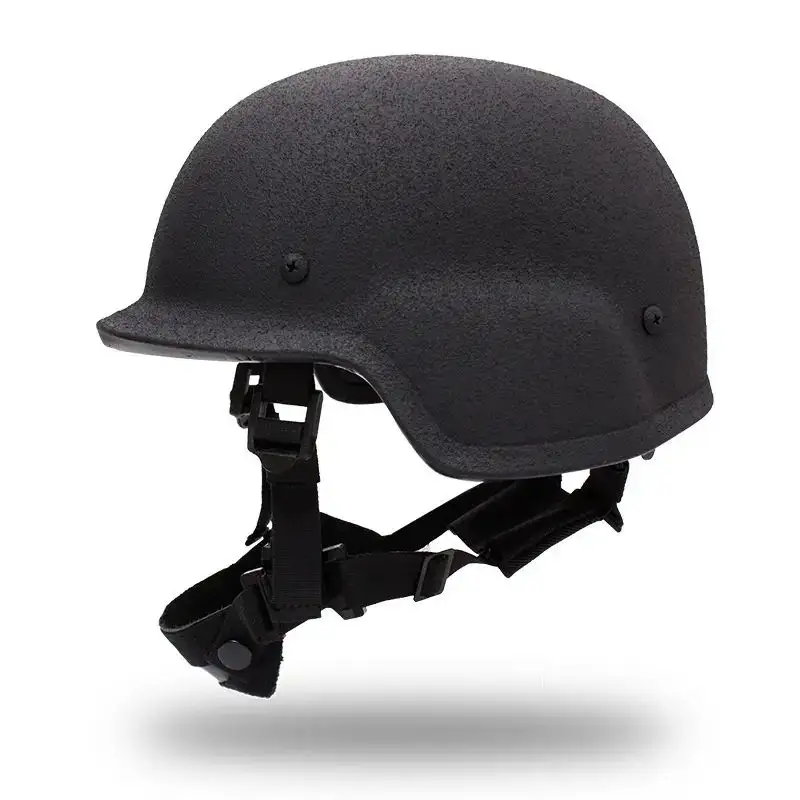“In the Line of Fire: How Military Helmets Keep Soldiers Safe”
Military helmets are the first line of defense for soldiers in the line of fire. These helmets play a vital role in safeguarding military personnel by providing protection against a range of threats in combat situations. Here’s how military helmets keep soldiers safe:
- Ballistic Protection: Military helmets are primarily designed to offer ballistic protection, defending soldiers from high-velocity bullets and shrapnel. They are constructed using advanced materials such as Kevlar and aramid fibers, which can absorb and disperse the force of impacts, reducing the risk of severe head trauma.
- Fragmentation Defense: Helmets provide protection against fragmentation injuries caused by explosives and artillery fire. They are designed to disperse the force of fragments, minimizing the severity of injuries.
- Blast Protection: In modern warfare, improvised explosive devices (IEDs) are a significant threat. Military helmets offer limited protection against blast waves, which can help reduce the risk of traumatic brain injuries.
- Protection from Blunt Force: Helmets can absorb and disperse the force of blunt impacts, such as those from falls or blows during combat or training. This is particularly crucial in close combat situations.
- Comfort and Fit: Modern military helmets are equipped with adjustable suspension systems and padding to ensure a comfortable and secure fit. Comfort is essential for soldiers during extended missions.
- Integrated Communication: Some helmets come with built-in communication systems, allowing soldiers to maintain real-time contact with their units and command centers, enhancing coordination and safety.
- Modularity: Helmets are often modular, enabling soldiers to attach various accessories, such as night vision devices, communication systems, and visors, depending on mission requirements.
- Face Shields and Goggles: Integrated face shields and goggles protect the eyes and face from debris, chemical agents, and intense flashes. They improve visibility and safeguard the soldier’s eyes.
- Lightweight Design: Modern military helmets are designed to be lightweight, reducing the strain on soldiers’ necks and heads during extended wear and physical activities.
- Customization and Camouflage: Helmets can be customized with camouflage patterns and insignia, allowing soldiers to blend into their environment and meet specific mission identification requirements.
- Smart Materials: Ongoing research explores the use of smart materials in helmets, which could adapt to changing conditions and provide adjustable levels of protection based on the assessed threat level.
- Durability: Military helmets are built to withstand the rigors of combat and harsh environmental conditions. They are durable and resistant to wear and tear, ensuring long-lasting protection.
- Safety Standards: Helmets comply with established safety and performance standards to ensure their reliability and effectiveness on the battlefield.
Military helmets are more than just headgear; they are a lifeline that shields and empowers soldiers to focus on their missions and return home safely. They represent the commitment to providing the best protection available to those who serve in the line of fire, and they play an indispensable role in military operations worldwide.


